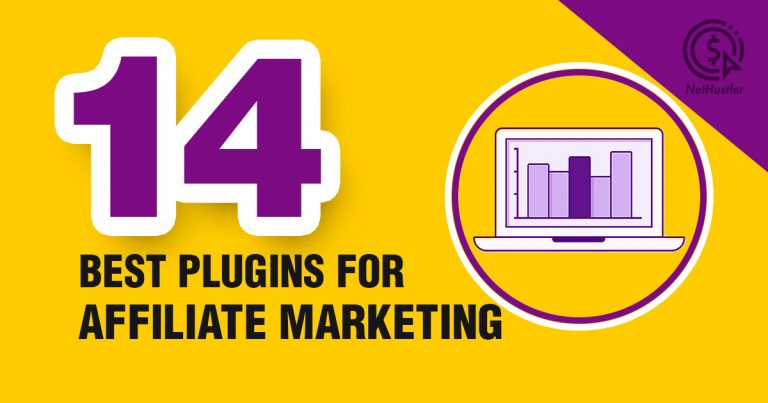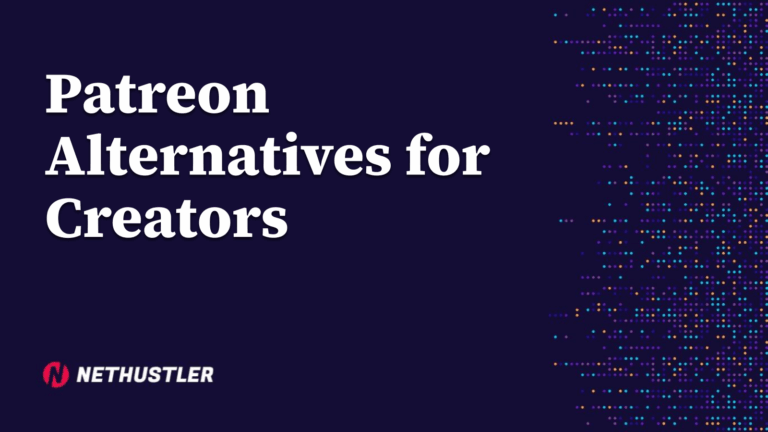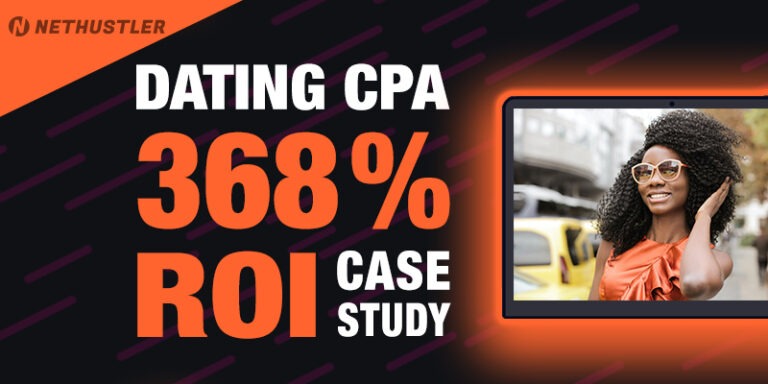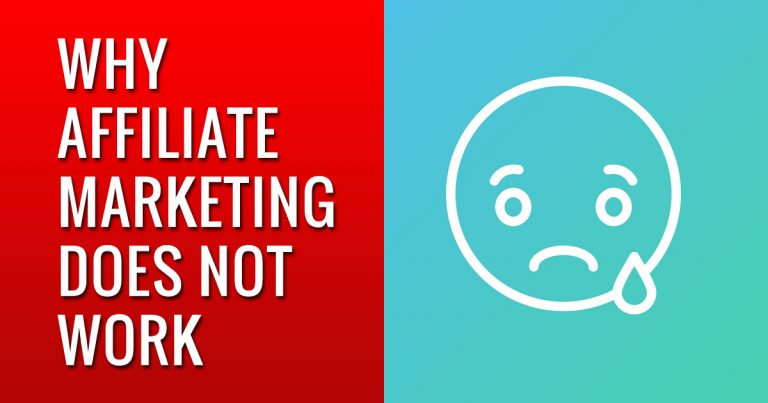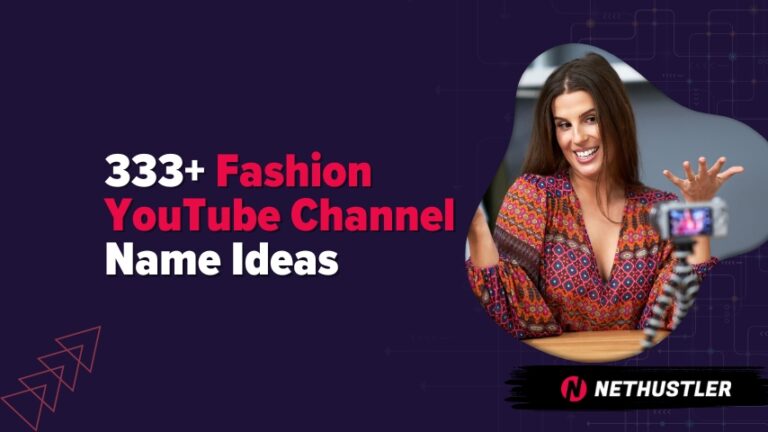How to Create High-Converting Landing Pages

Want to talk about creating high-converting landing pages? No? Well, too bad, we’re going to do it anyway. Why? Because you’ve clicked on this, so you’re clearly interested in it in some way or another, unless I’m paranoid and seeing things that aren’t there or here. Anyway…
Landing pages.
They are the backbone of your internet marketing journey. Whether you’re driving traffic to an affiliate offer, promoting your own product, or trying to grow your email list, a well-designed landing page can make or break your success.
Use them correctly and you can gain a lot of customers and leads, use them incorrectly and you will lose money, don’t use them all together and you’re probably going to lose your house (ok it’s not that extreme, but you get the point).
**Ok, ok… I know you can run affiliate offers without a website, but the niches and offers where the conversions are higher when direct linking are few and far between**
Alright back to the main task:
In this guide, I’ll break down some tips and strategies for creating landing pages that convert, tailored to different aspects of online marketing. I’ll start off with some general tips about landing page optimization, and then move on to more specific stuff like tips for different traffic sources and products and services.
Let’s get straight into it:
Landing Page Tips That Matter
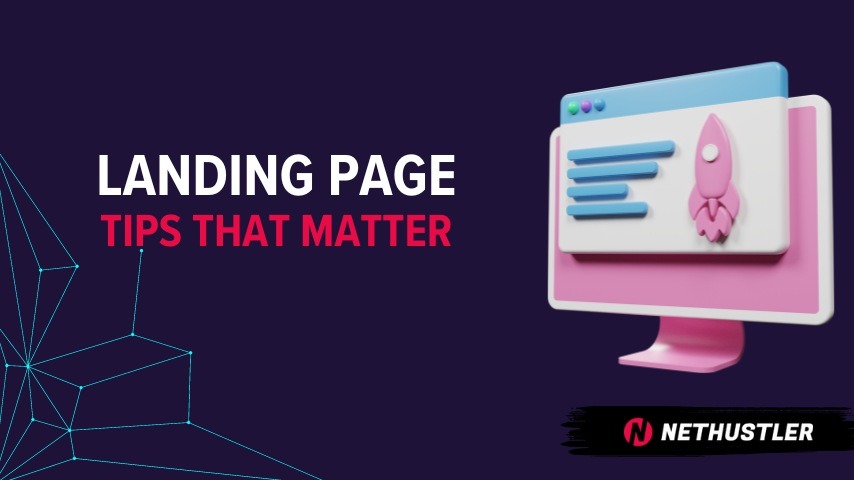
1. Knowing Your Audience
Before creating a landing page, understand your audience deeply. Identify their pain points, what they seek, and their language.
Develop a customer persona and address your content directly to that persona for better connection.
2. Your Main LP Headline
The headline is crucial. It must be attention-grabbing, simple, clear, and make a promise or solve a problem right away. People are inundated with content daily and need to know what’s in it for them immediately.
Ok, if you’re not creatively inclined, then you can use AI to get some catchy headlines for your ads. It’s one of the ways that AI is impacting digital marketing, and I approve of it.
3. Keeping it Clean and Focused
Less is more when it comes to landing pages. Don’t overwhelm your visitors with too much info or too many choices. Gone are the days of lengthy pages promoting a BS product.
You want your visitor to take one specific action – whether that’s signing up, buying something, or downloading a guide. So, make sure everything on the page is geared toward that one goal.
- Use white space: Don’t cram everything together. Give your content room to breathe.
- Stick to one CTA: Don’t confuse people with multiple calls to action. Pick one and make it stand out. (You can have different CTA texts, but the point is don’t have 3 different buttons with different actions: buy, read, sign-up, etc.)
- Limit distractions: No crazy colors, no unnecessary links, no fluff. Keep it clean and focused.
4. Social Proofing Your LP to Boost Trust
People are skeptical by nature, especially online. That’s why social proof is so powerful. If others have tried your product or service and loved it, make sure to show that off.
- Testimonials: Get real quotes from real people who’ve had success with what you’re offering.
- Case studies: Show how you’ve helped someone else achieve the same result your audience is after.
- Logos: If you’ve worked with big names, flaunt it. It adds instant credibility.
5. What Are You Offering?
Your offer is what makes or breaks your landing page. It’s not enough to just tell people what you’re selling, you’ve gotta make them feel like they’d be crazy not to take you up on it.
- Be clear: What exactly are they getting? Spell it out.
- Add urgency: Why should they act now? Limited time offers or bonuses work like a charm.
- Reduce risk: Offer a money-back guarantee or a free trial. The less risky it feels, the more likely they are to convert.
6. Test, Test, Test
Here’s the deal: even the best landing page can be better. The only way to know what works is to test it. A/B testing is your best friend here.
Test different headlines, CTAs, images, and layouts. See what resonates with your audience and tweak accordingly.
And don’t just set it and forget it. The online world changes fast, and what worked yesterday might not work tomorrow. Keep testing and optimizing to stay ahead of the game.
Alright, now let’s move on to more specific tips for your landing pages, depending on what you’re doing:
Landing Page Tips for CPA and Affiliate Offers
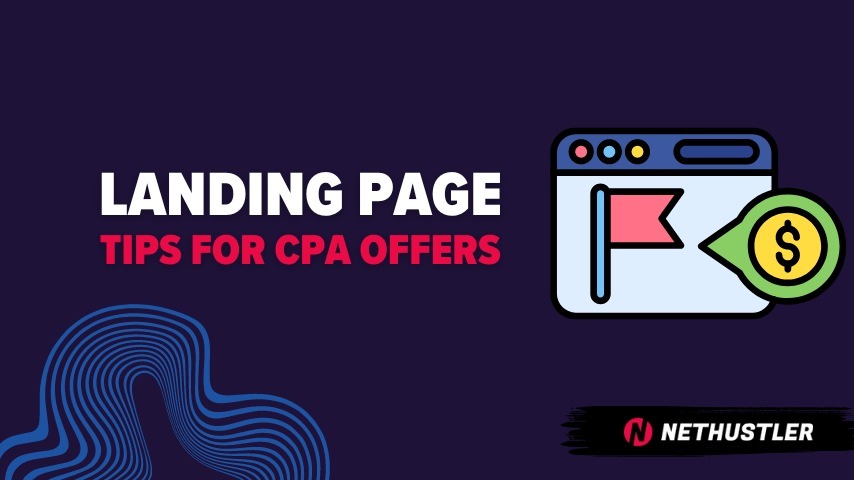
When you’re promoting CPA or other type of affiliate offers, your landing page needs to do one thing and one thing only: get people to click through. But it’s not just about clicks; you want quality conversions that lead to commissions. Here’s how to make it happen:
- Keep It Simple and Direct
Don’t overcomplicate things. Your landing page should be laser-focused on the offer. Use clear, concise language that highlights the benefits and entices the visitor to take action. Avoid distractions – no extra links or unnecessary information. - Pre-Sell the Offer
A good pre-sell page builds anticipation and frames the offer in a way that resonates with the visitor. Instead of jumping straight to the offer, warm them up with a compelling story, testimonial, or case study that relates to the product or service. - Use Eye-Catching Visuals
Images and videos can increase engagement and make your page more appealing. Just make sure they’re relevant and reinforce the message. For example, if you’re promoting a weight loss product, a before-and-after image can be powerful. - Test and Repeat
CPA and affiliate marketing are all about testing. A/B test different headlines, images, and calls to action to find out what works best. Even small tweaks can lead to big improvements in conversion rates.
Landing Page Tips for Your Email Newsletter
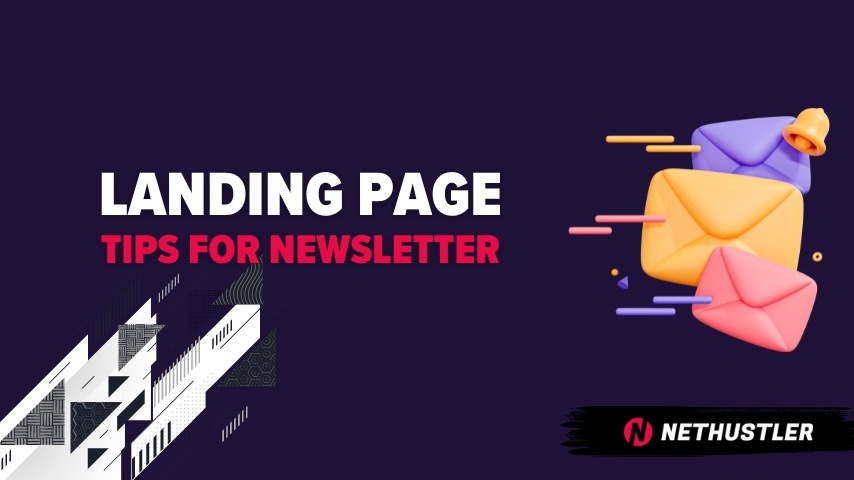
If you’re trying to grow your email list, your landing page has to make signing up a no-brainer. Here’s how to build a landing page that’ll help you collect those valuable email addresses.
- Offer Something Valuable
People aren’t going to hand over their email for nothing. Offer them something they can’t resist – a free guide, a discount, an exclusive video – whatever it is, make sure it’s valuable and relevant to your audience. - Keep the Form Short and Sweet
The fewer fields you ask them to fill out, the better. Usually, just asking for their name and email is enough. The more fields you add, the more friction you create, which can lower your conversion rates. - Create a Sense of Urgency
If you want people to act now, give them a reason to. Whether it’s a limited-time offer or a special bonus for signing up today, urgency can be a powerful motivator. - Use Social Proof
Again, you can use social proof even if you’re promoting a newsletter. It shows that other people are signing up too. Testimonials, subscriber counts, or even showing how many people downloaded your free guide can help build trust and encourage others to join.
Landing Page Tips for Increasing Sales of Products or Services

When it comes to selling your own products or services, your landing page needs to do more than just look good, it needs to convince visitors to take out their credit cards. Here’s how to boost your sales with a killer landing page.
- Craft a Strong Value Proposition
Your value proposition should be front and center. What makes your product or service unique? Why should someone choose you over a competitor? Make sure your landing page clearly communicates this in the headline and throughout the content. - Highlight Benefits, Not Just Features
People don’t buy products; they buy solutions to their problems. Instead of just listing features, focus on the benefits. How will your product make their life easier, better, or more enjoyable? - Use High-Quality Images and Videos
Seeing is believing. High-quality visuals can make your product more tangible and desirable. Consider adding a demo video or an image gallery to showcase your product in action. - Include Clear and Compelling CTAs
Your call-to-action (CTA) needs to be impossible to miss. Use action-oriented language like “Buy Now,” “Get Started,” or “Claim Your Discount” and make sure the button stands out on the page. - Offer a Guarantee
You want to remove the risk for your customers by always offering a money-back guarantee. It shows that you stand behind your product and can increase trust, making visitors more likely to make a purchase.
Tips for Different Traffic Types
Not all traffic is created equal, and neither should be your landing pages. The type of traffic you’re driving can significantly impact how you design and optimize your landing pages. Here’s a breakdown of how to tailor your LPs based on different traffic sources.
Pop Traffic: Keep It Lightweight and Direct
Pop traffic, like what you’d get from PopAds.net, is unique because it’s often less targeted and more impulsive. This means your landing page needs to grab attention fast and guide the user toward the desired action with minimal friction.
1. Use a Simple, Focused Design
When it comes to pop traffic, less is more. Your landing page should be lightweight and fast-loading.
Try and keep the design simple with minimal distractions. Focus on one main action, like clicking a link or button, to guide the user toward the offer.
2. Big, Bold Buttons
Your call-to-action needs to be impossible to miss. Use large, colorful buttons that stand out and draw the eye. The goal is to make it as easy as possible for the user to click through to the offer.
3. Catchy Images and Headlines
You only have a split second to capture attention with pop traffic. Use eye-catching images and a bold, simple headline to quickly convey the value proposition.
Keep the accompanying text short and to the point – just enough to pique interest and drive the click.
4. Avoid Direct Linking (Most of the Time)
Direct linking from pop traffic usually isn’t effective. Instead, send the traffic to your landing page first.
This gives you control over the messaging and increases the chances of conversion by pre-qualifying the user before they hit the offer page.
PPC Traffic from Google and Bing Search: Align with User Intent
When driving traffic from PPC campaigns on Google or Bing, your landing page needs to match the user’s search intent as closely as possible. These users are often looking for specific solutions or products, so relevance is key.
1. Keyword Relevance
Ensure that the keywords you bid on are reflected in your landing page content. If a user searched for “affordable SEO services,” your headline should include that phrase or something very close.
2. Trust Signals
Include trust signals like customer testimonials, certifications, or media mentions. PPC traffic from search engines often includes people who are comparing options, so building trust is crucial.
3. Clear and Specific CTA
The CTA should be direct and clear, telling the user exactly what they’ll get by clicking. Whether it’s “Get a Free Quote” or “Download the Whitepaper,” make sure it aligns with the ad that brought them there.
Read more Google Ads tips here.
Facebook Feed Ads: Engage with Social Proof
Facebook users aren’t necessarily in a buying mindset, so your landing page needs to work harder to grab and hold their attention.
1. Compelling Visuals
Since Facebook is a visually-driven platform, your landing page should include high-quality images or videos that resonate with the ad’s creative.
2. Social Proof
Leverage social proof like user reviews, case studies, or the number of people who’ve used your product or service. This helps build credibility with a socially-minded audience.
3. Easy Navigation and Scannable Content
Use bullet points, short paragraphs, and clear headings to make your content easy to skim (try including emojis as well). Facebook users might not spend much time on the page, so the key points need to stand out.
Instagram Ads: Visual Appeal and Mobile Optimization
Instagram is all about aesthetics, and the platform is primarily mobile. Your landing page must look stunning on a smartphone and be easy to navigate with just a thumb.
1. Mobile-First Design
Ensure your LP is optimized for mobile with fast load times, easily clickable buttons, and text that’s readable without zooming.
2. High-Quality, Cohesive Imagery
Your landing page visuals should match the style and quality of your Instagram ad. This creates a seamless experience from ad to LP.
3. Short and Sweet Copy
Instagram users aren’t looking to read long articles. Keep your copy concise and to the point, with a strong CTA that fits within the user’s immediate interest.
TikTok Ads: Fun, Fast, and Engaging
TikTok users are accustomed to short, engaging content. Your landing page needs to maintain that momentum and encourage quick action.
1. Dynamic and Engaging Content
Incorporate elements like GIFs, short videos, or animations that keep the user engaged. The transition from the TikTok ad to the landing page should feel natural and fluid.
2. Fast-Loading and Mobile-Optimized
Since TikTok is mobile-centric, your landing page should be optimized for speed and mobile usability. Keep it simple, with easy navigation and no clutter.
3. Clear CTA with Immediate Value
Your CTA should offer something immediate and valuable, like a discount code, free trial, or instant download. TikTok users are often looking for quick rewards.
The End

Yup, that’s it. Seriously. Wait you wanted more? Like I get it, but, that’s all I have for now. Plus you should be super excited right now and go and put some of these tips into action, why would you want to read more stuff instead of optimizing your landing pages immediately?
Go out there and test, try, optimize, waste some money (sorry, it’s the nature of our business), do some A/B tests and see which landing pages convert better, and continue scaling up.
Oh and by the way, when you’re doing A/B tests, wether it’s for ads or landing pages, don’t just change all the things at once. Keep the original landing page, and for the 2nd one just change the colors of the CTA buttons for example, or the main headline, etc.
Because if you change all the things at once, you might not now what works and what doesn’t work. Give it a couple of days (weeks) to gather significant data when you’re testing different landing pages.
Ah one more thing…
It’s not always about the landing pages, especially in affiliate marketing, wether you’re doing CPA or service promotion or anything in between. Sometimes the product simply sucks. Or the product’s LP sucks (which you can’t change because you don’t have direct access to it).
So that’s another gamble that you have to accept when doing affiliate marketing, it’s only so much that you can control, and even if you do your best on your end, on the other side of things it might not always be the same.
Alright, I wanted to keep this short and to the point and look at me still rambling, promise I will end now.
***Logs off***
Stephen


